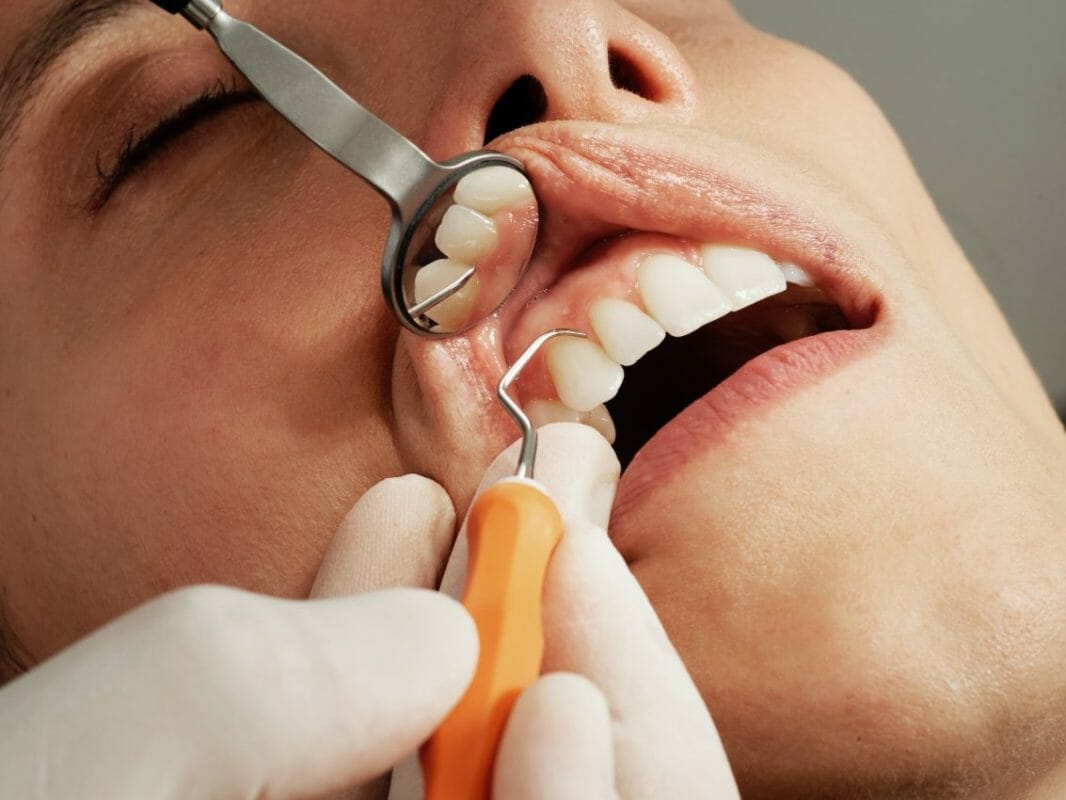Casting a spotlight on human development, the crucial process of osteogenesis (i.e. bone formation), embarks on its fascinating journey mere weeks after conception. The intricate interplay of cartilage and connective tissues in an eight-week-old embryo paints a blueprint of a skeletal pattern. But the marvel doesn’t cease there–bone development progresses relentlessly, evolving even beyond our growth years, to mend fractures and adapt to shifting lifestyles. Stepping up to this challenging task are the linchpins of osteogenesis—osteoblasts, osteocytes, and osteoclasts. From constructing new bone to maintaining bone framework to breaking down bone tissue for remodeling and healing, this dynamic trio carries on a carefully choreographed dance in a sense.
A Cornerstone in Advanced Dentistry
Within the dentistry field, the ‘bone growth concept’ serves as a commanding blueprint for optimizing the dynamics of bone regeneration. It lays down not only the understanding of the principles governing bone growth but also pinpoints the innovative techniques and materials that further amplify bone healing. These techniques are particularly useful in high-stakes areas of the oral and maxillofacial region.
The success of intricate dental procedures such as dental implants, bone grafting, and periodontal surgeries hinges on this conceptual framework. By leveraging these insights, dentists and oral surgeons can deliver state-of-the-art treatments that dramatically improve their patients’ oral health and overall quality of life. Through the bone growth concept, they are able to engineer exceptional care that fits the unique needs of their patients’ bony structures, thus ensuring sustainable, long-term success in various dental procedures.
Proving its mettle in dental implant systems, the platform-switch has taken a leap forward with its evolution— the backtaper. This add-on element now provides an amplified space for both hard and soft tissues to establish a stronger union with the implant than what cylindrical and conical implant shapes offer. It’s essential to stress here that this isn’t just important—it’s critical for a successful dental implant–and subsequently for overall oral health.
Leveling Up with Subcrestal Positioning
Clinical expertise supports that the space created by the backtaper can be further expanded by positioning the copaSKY implant subcrestally. The thin, concave-shaped abutments (the connecting elements between the implants and the prosthesis) allow for more room for soft tissue attachment and bone growth on the backtaper.
The Miracle of Microstructured Surface
Adding another feather in this concept’s cap is the microstructured surface of the backtaper–supporting robust attachments of bone and connective tissue. By situating the edge of the backtaper subcrestally, it becomes possible to deposit bone chips on it. What this does is reduce soft tissue ingrowth and provides another pillar of support for osseointegration—the process that essentially allows dental implants to become a part of the bone structure.
Impressive Clinical Outcomes
Clinicians are now convinced by the remarkable results—new bone formation is noticeable, from single-tooth restoration to extensive edentulous jaw rehabilitation based on SKY’s fast and fixed therapy procedures.
The Bone Growth Concept takes the platform-switch a step further—incorporating the implant and abutment design, the microstructured backtaper, and the subcrestal positioning of the copaSKY implants—it actively inhibits bone resorption and reliably backs the formation of new bone that fully wraps around the implant.
To quote Professor Jörg Neugebauer, president elect of Academy of Osseointegration, “For the Bone Growth Concept, we require platform switching implants with micro-structured shoulders, essential for osseointegration and a stable marginal bone level.” Further proving the power and potential this concept holds for the future of oral health.
